Malinta tunnel
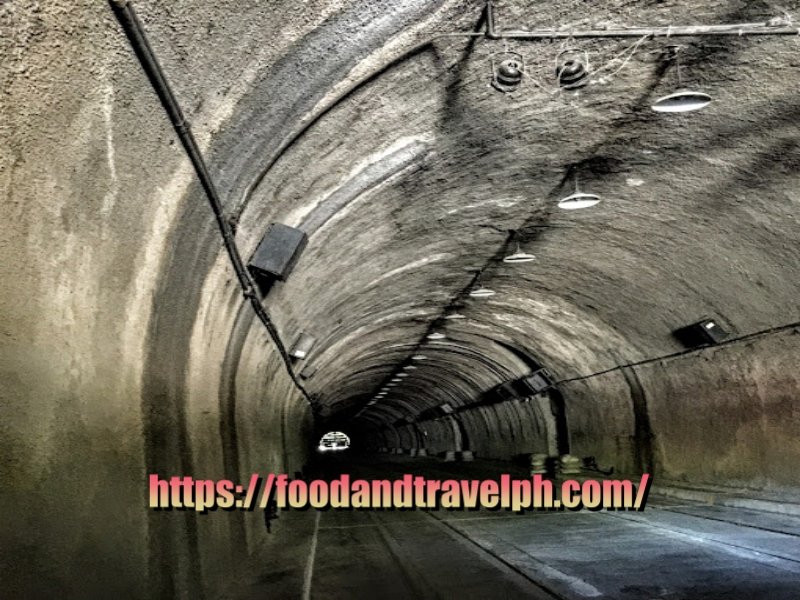
The Malinta Tunnel can be described as a historical landmark located on the island of Corregidor in the Philippines. This tunnel was built by the United States Army Corps of Engineers in the early 1930s as part of the harbor defense of Manila and Subic Bays. The tunnel consist of a main tunnel running east to west and 13 lateral tunnels on its southern side. Today it is a popular tourist destination that offers a Light & Sound show that narrates the events that took place during the war. The tunnel is a significant symbol of the resilient Filipino spirit and provides a deep insight into the country’s wartime history.
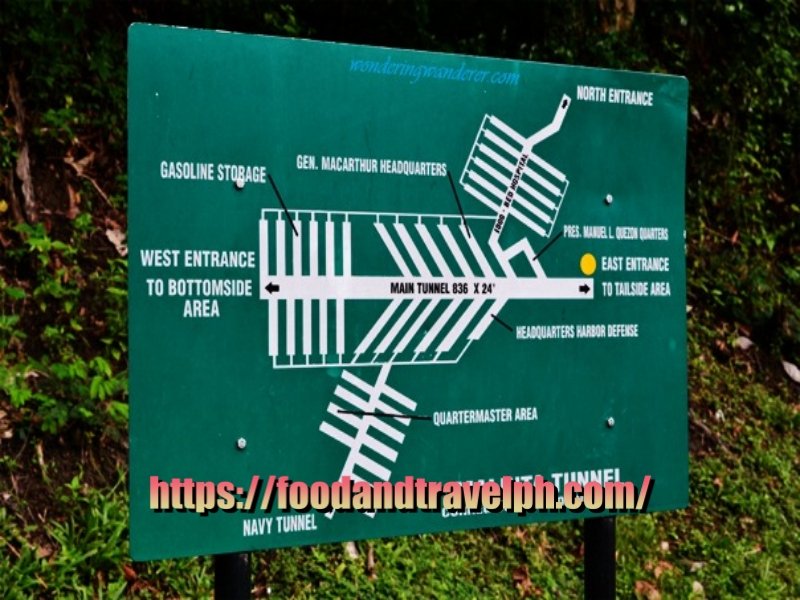
The Malinta Tunnel is a historical tunnel located on Corregidor Island in the Philippines. Constructed from 1932 to 1934 by the United States Army Corps of Engineers as part of the harbor defenses of Manila and Subic Bays, it was named after a nearby barrio (neighborhood) in the town of Orion in Bataan.
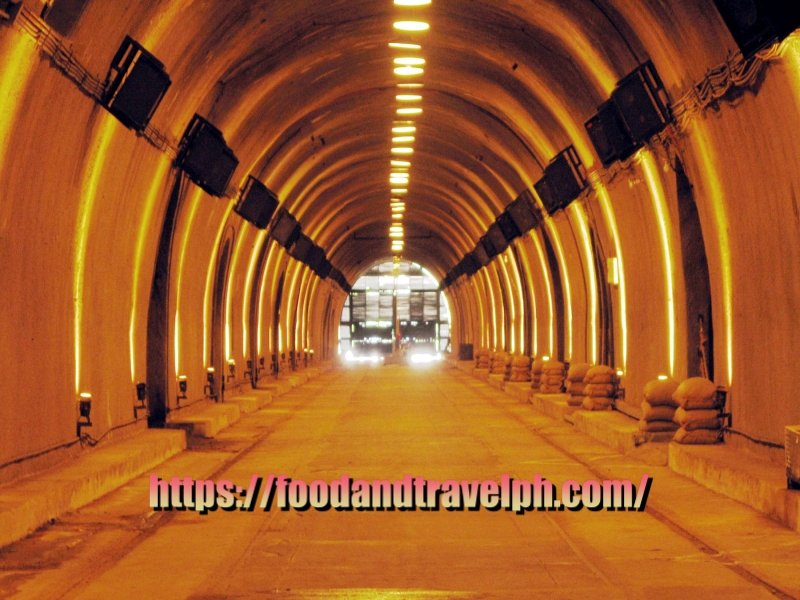
The tunnel is approximately 253 meters long and was initially designed as a bomb-proof storage and personnel bunker, but it was later equipped as a 1,000-bed hospital. The complex system consists of a main tunnel, running east to west, and 13 lateral tunnels on its north side and 11 lateral tunnels on the south side.
A unique feature of the Malinta Tunnel is that it was constructed inside a hill, providing a natural defense against aerial bombardment. Its walls are made of solid rock, and the entire structure is reinforced with concrete.
The Malinta Tunnel is most famous for being the last stronghold of the combined Philippine and American military forces before they surrendered to the Japanese during World War II. It was also where Philippine President Manuel L. Quezon and General Douglas MacArthur held office while in exile from Manila.
Today, the Malinta Tunnel serves as a major tourist attraction on Corregidor Island. It features a nightly sound and light show that recreates the events that took place during World War II. Despite the ravages of time and war, the tunnel remains a living testament to the courage and heroism of the soldiers who sought refuge within its walls.
The Malinta Tunnel located on Corregidor Island in the Philippines is known as a historical site that was used during World War II. Inside the tunnel, the following can be found:
- Old rooms– In the long corridors of the tunnel, you can see the old rooms that were used as offices, barracks, hospitals and storage of equipment and weapons during the war.
- Light & Sound Show– One of the main attractions inside the Malinta tunnel is the Light & Sound Show that shows the events of the Second World War.
- Placards & Signage– Various placards and signage containing information about the history of the tunnel and Corregidor Island can also be found inside the tunnel.
- Sculptures– There are also sculptures depcting war scenes.
- Pictures & Maps– Pictures and maps showing the events of the Second World War can also be seen.
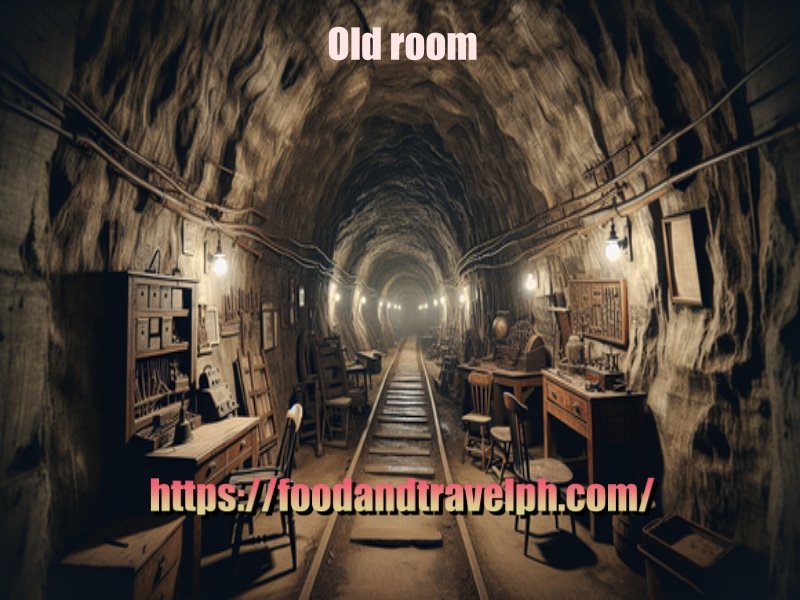



How to get to Malinta tunnel
- From Metro Manila, head to the CCP Complex in Pasay City where Sun Cruises, the ferry service provider to the island of Corregidor, is located.
- Book a ferry trip to Corregidor. Bookings can be made online or directly at the Sun Cruises office. The drive to Corregidor takes approximately one hour.
- Upon arrival in Corregidor, either join the guided tour organized by Sun Cruises or walk to the Malinta Tunnel. The tunnel is located in the northern part of the island.
Note that due to Corregidor’s history as a war zone, visitors may need permission from local authorities or join a guided tour to access certain areas of the island, including the Malinta Tunnel. Usually, the Malinta Tunnel is included in the destinations of guided tours of the island.
- Corregidor Island– An important historical site, Corregidor Island was a key fortress during World War II. The island offers guided tours, hiking trails, and stunning views.
- Pacific War Memorial– This memorial is dedicated to the American servicemen and Filipinos who participated in the Pacific War. It offers a museum and several monuments.
- Filipino Heroes Memorial– This 6,000-square meter complex has 14 murals depicting heroic battles fought by Filipinos from the 15th century to present day.
- Japanese Garden of Peace– This garden was built as a memorial to the Japanese soldiers who died during World War II. It is a peaceful place with beautiful views of the island.
- Corregidor Lighthouse– Built in 1836, this lighthouse is one of the oldest landmarks in the Philippines. Visitors can climb to the top for panoramic views of the island.
- Battery Way– This battery of four 12-inch mortars was a key part of Corregidor’s defenses during the war. It is now a popular site for tourists.
- Corregidor Island Lateral Tunnels– These tunnels were used as bomb-proof shelters during the war. Visitors can explore them on guided tours.
- Battery Hearn– One of the biggest seacoast guns installed on Corregidor, it now stands as a silent testament to the fierce battles that once took place on the island.
- Mile-Long Barracks– This three-story concrete building is one of the longest barracks in the world. It is now in ruins but still a popular attraction.
You can book through their facebook page.
The entrance to Malinta Tunnel is Php200.00/head.
Going to the Malinta tunnel must be booked in advance to arrange your transportation. You will definitely enjoy this place because there are things you can learn and see here that happened long ago. Until then, I hope you liked my blog.
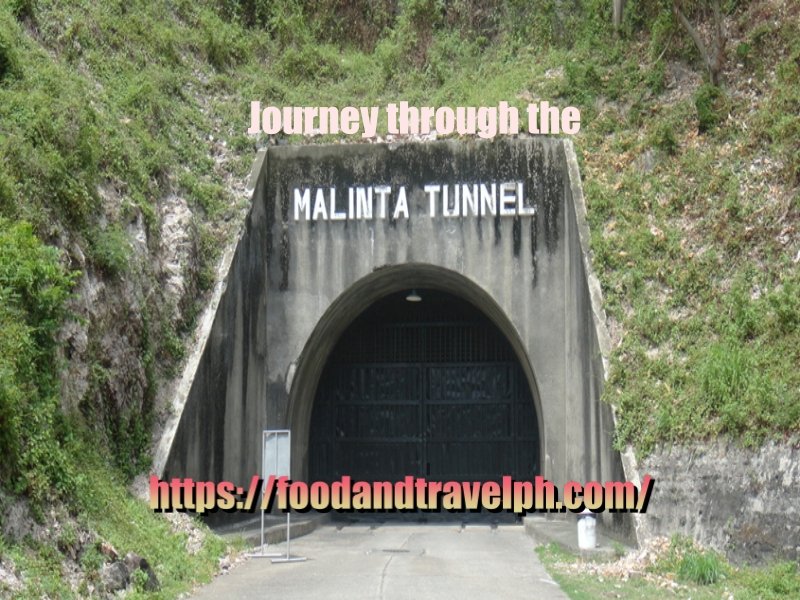






Leave a Reply